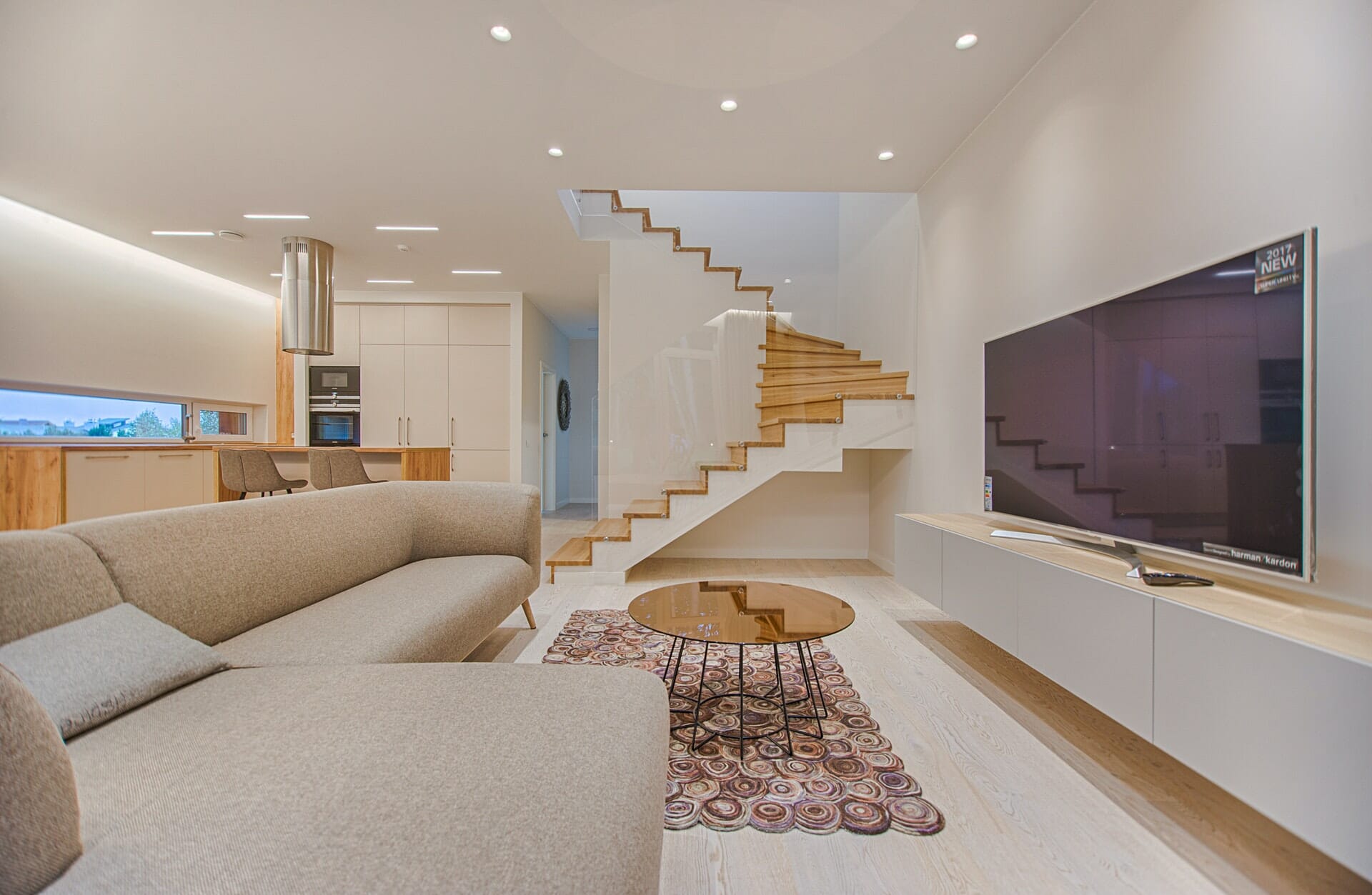When it comes to your beautiful hardwood floor, you want to make sure your DIY cleaning agent is going to be effective without damaging the wood. We are sure you also want it to be safe for you, your pets, and the environment. Hydrogen peroxide is a great solution when used properly. It is a very common cleaning and bleaching substance and is extremely effective on the toughest dirt and stickiest stains. It also has antifungal, antiviral, and antibacterial properties, so it also kills germs and bacteria as you clean. It can often leave your hardwood looking like new! Still, if you are wary of using it on your hardwood floors, let’s talk through the details.
How it Works
The hardwoods used to make your beautiful floor contain vessel elements or pores. These are used to transport sap up and down the tree when it is alive. Unlike with softwoods, it is important to understand this aspect of your floor because these pores absorb and release moisture. In the presence of a lot of moisture, the floors absorb the moisture through these holes and they will start to buckle. This makes cleaning off liquid stains very challenging, and it is especially crucial for us here in Spring, TX to be aware of this fact with our unbearably humid summers. The power of hydrogen peroxide swiftly dissolves the staining compounds and pulls them out of the poors while cleaning, and drying the floor at the same time.
It also does have a bleaching effect on wood. Some people actually use bleaching wood as a way to change the style of their space, leaving them with lighter wood that has also been cleaned and improved. But don’t fret, hydrogen peroxide is a mild oxygenating bleach and, used in the proper fashion, will NOT alter the color of your floor’s wood at all. Unless you have an extraordinarily dark floor or use a much higher concentration than is recommended here, you’ll be safe! If you are still feeling nervous when it’s time to clean, you can test out a tiny amount in a corner of the room to ease your worries.
How to Use
First, stock up with the right supplies.
- Bottle of 3% hydrogen peroxide
- Spray bottle
- Plenty of microfiber cleaning cloths
- Rubber gloves
Next, fill the spray bottle and administer it moderately to the desired area. Be careful not to oversaturate the floor with the cleaner. Let it sit for about five minutes, then wipe away the remaining liquid with your microfiber cloth. If the stains are particularly tough, scrubbing with the microfiber cloth using more effort should do the trick.
Vinegar is another common and effective natural cleaner used on hardwood floors. That being said, vinegar and hydrogen peroxide should never be combined in an attempt to clean your hardwood. When you mix vinegar and hydrogen peroxide together it creates peracetic acid, which is extremely corrosive and should never be used on hardwood.
Ultimately, hydrogen peroxide is an exceptional tool for safely ridding your hardwood floors of unwanted dirt and stains. It will also work to kill mold, bacteria, and fungi. Just use it properly, test a small area of your floor beforehand just in case, and never use it at the same time as vinegar. All that is left is to get to work and enjoy your floor’s new sparkle!

